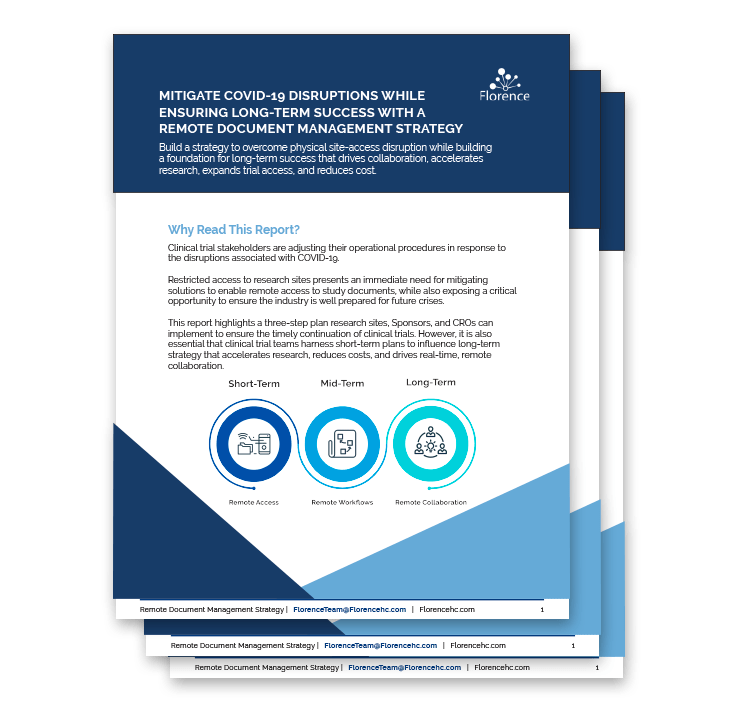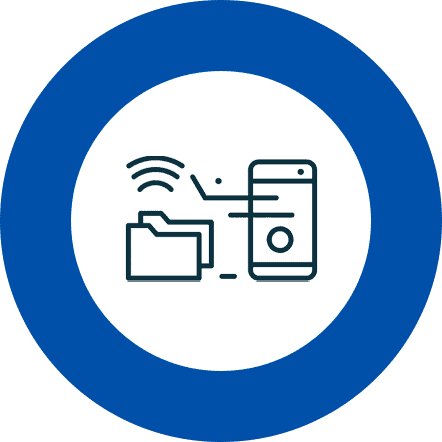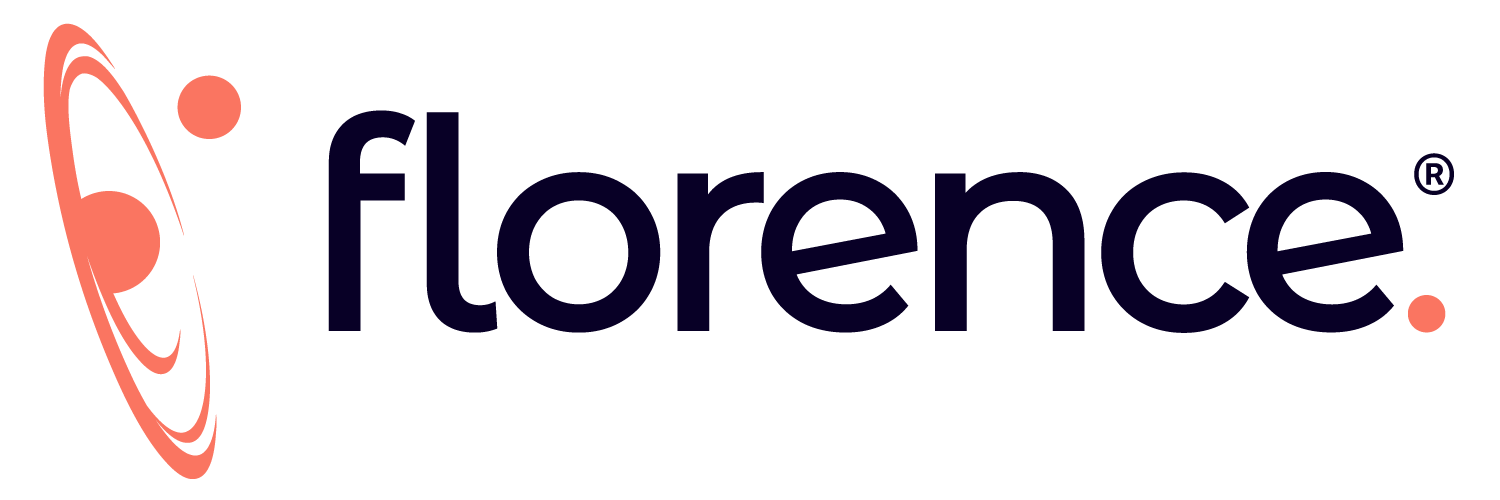Free Download
Mitigate COVID-19 Disruptions while Ensuring Long-term Success with a Remote Document Management Strategy
Build a strategy to overcome physical site-access disruption while building a foundation for long-term success that drives collaboration, accelerates research, expands trial access, and reduces cost.

Why This Guide
Clinical trial stakeholders are adjusting their operational procedures in response to the disruptions associated with COVID-19.
Restricted access to research sites presents an immediate need for mitigating solutions to enable remote access to study documents, while also exposing a critical opportunity to ensure the industry is well prepared for future crises.
This report highlights a three-step plan research sites, Sponsors, and CROs can implement to ensure the timely continuation of clinical trials. However, it is also essential that clinical trial teams harness short-term plans to influence long-term strategy that accelerates research, reduces costs, and drives real-time, remote collaboration.

Phase 1: Remote Access
Turn-on secure and compliant remote access for all study related teams.

Phase 2: Remote Workflows
Enable digital workflows to streamline document and data management across study.

Phase 3: Remote Collaboration
Centralize real-time collaboration between all stakeholders on a single platform.

Remote Access
Enabling secure, compliant, and remote document access for both internal study teams and external monitors is the first critical step to keep current studies on track in response to the disruption of on-site access.
Regulatory and source data verification are the bedrock to compliant, safe, and progressing clinical trials.
A majority of research sites maintain these essential investigator site file documents on paper or in a mix of hard to access digital storage tools.
This process hinders the work of internal teams now forced to work remotely, and all but halts the progress of monitors barred from visiting research sites.
Because extensive regulations bound clinical trial regulatory and source files, a shared folder, cloud-based folder, or email platforms can introduce significant compliance risk.
To mitigate this risk while enabling remote collaboration, a Part-11, Annex-11, GDPR, and HIPAA compliant platform must be employed.

Remote Workflows
Once remote access solves the physical site access challenge, the ability to begin streamlining workflows in an electronic environment develops.
These electronic document workflows automate a significant portion of your manual tasks, reducing document cycle time by as much as 40%.
The ability to introduce these advanced research specific workflows at a future date is the reason research sites avoid migrating to generic non-purpose-built solutions.
Fully Part-11, Annex 11, HIPAA, and GDPR electronic workflows, including eSignatures, document routing, tasks, notifications, dashboards, and reports streamline operations for all stakeholders.
Advanced integrations streamline workflows across eClinical systems to sync platforms, capture source data, and enable single sign-on.

Remote Collaboration
Remote access and workflows ultimately enable remote, real-time, collaboration among all Clinical Trial stakeholders.
A single unified platform gives secure, compliant, and controlled access to site teams, sponsor teams, CRO teams, IRB teams, inspection teams, and others needing access to study collaboration.
Shifting all regulatory and source documents to the cloud enable unprecedented collaboration opportunities that accelerate research timelines, expand trial access, and reduce cost.
When building short-term document access and workflow plans, leaders must look to the future and strategize how their systems will integrate with other internal and external platforms.


